Ramen. The food of the people. Shio, shoyu, miso, tonkotsu, tsukemen; all terms most who love ramen are familiar with. I visited many ramen joints during my trip to Japan and each had its own signature broths. All were delicious, of course.
Fukuoka is a particularly interesting city when it comes to ramen so if you are a ramen-head, go there. The region is known for three particular styles: Hakata, Nagahama, and Kurume. You can read more about the specifics of how each are different here.
I hunted for the best places to try each one. Once, to get to the reputed best place for Nagahama ramen (creatively named “Nagahama Number One”), I took multiple subway rides, then walked through a neighborhood, got lost, and initially didn’t know if I actually went to the right place since I didn’t understand the Japanese signage. (How did I end up believing I was in the right place? “One” in Japanese is like Chinese and I saw it within the mumbo jumbo of Japanese words.) All in all, took me about an hour to get there and it was worth it.
Which of the three styles was the best? I’d say I am not an expert enough to make a call. I am an equal-opportunity ramen lover. One thing I did notice is that all the broths were thick and creamy, which is what I prefer.
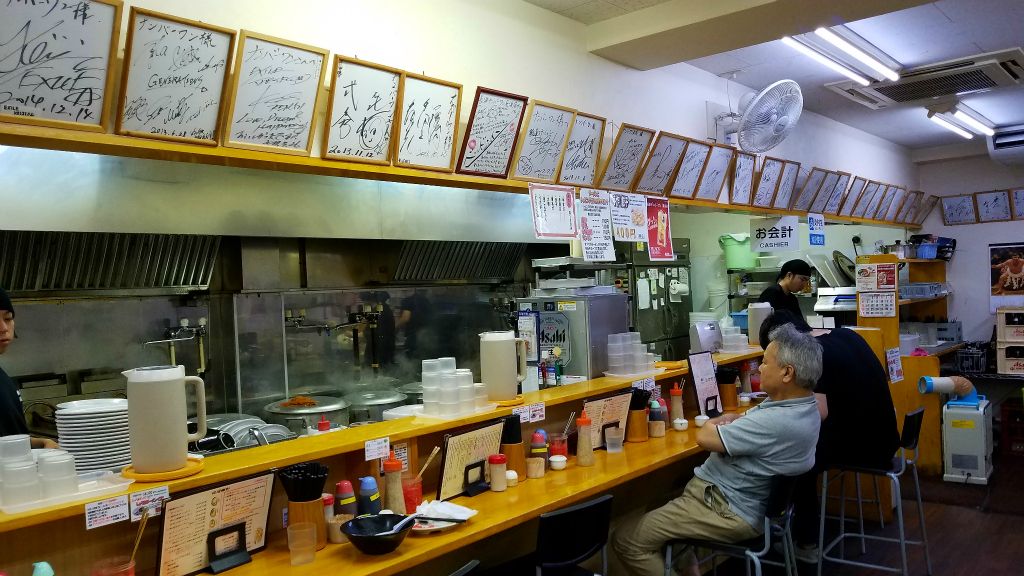
The other interesting thing about Fukuoka is that, in one of the local malls, there is a place called “Ramen Stadium”. In it, there are many different ramen restaurants that have ramen from various regions of Japan. It is a great place for anyone who needs a quick one-stop-shop to try a variety of ramen styles if they are short on time or don’t want to travel far and wide. (OMG! How can you call yourself a REAL foodie?! I kid. I went there too.)
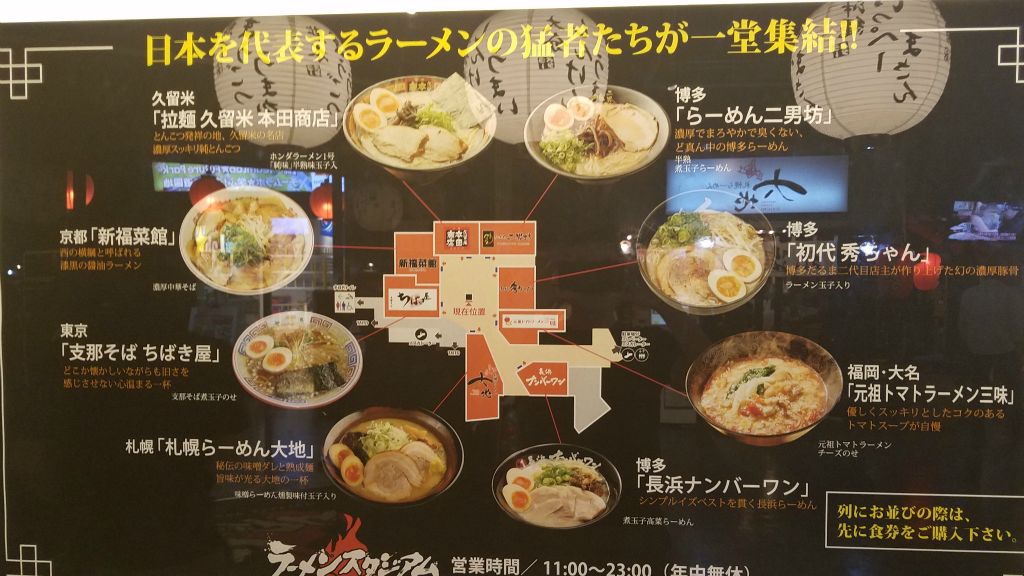
A fun and “old” way to eat ramen is to find a “yatai”. (Anyone else watch Naruto? He enjoys sitting at a yatai to eat his ramen. The anime inspired me to do the same.) It isn’t common these days in the rest of Japan but are still found around Fukuoka. When the sun goes down, walk around, find one, sit down with a crowd of strangers, order, eat. The problem is, if you don’t understand or can’t read Japanese, it’s difficult to know what each yatai serves unless you go up and look at what people are eating. Some yatais have someone standing in front with a menu (mostly without pictures), trying to attract customers. Many yatais sell “oden” as it is popular with the locals. If you want ramen, just ask for “ramen” and if they have it, they’ll seat you.
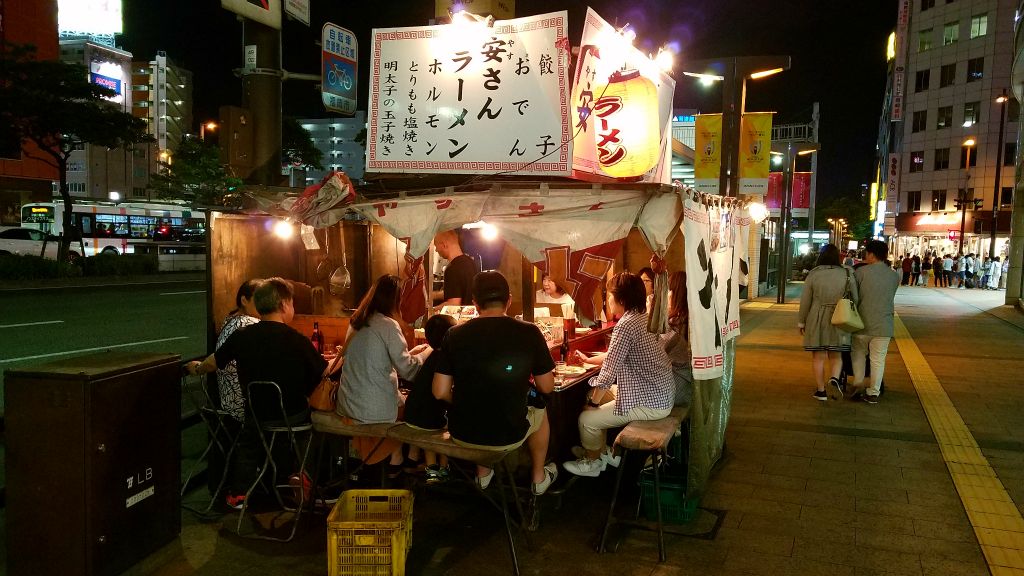
While in Nagasaki, I found a ramen dish called “champon” which was significantly different from traditional ramen I’ve had up until then. Per Wikipedia, “The dish was inspired by the cuisine of China. Champon is made by frying pork, seafood and vegetables with lard; a soup made with chicken and pig bones is then added. Ramen noodles made especially for champon are added and then boiled. Unlike other ramen dishes, only one pan is needed as the noodles are boiled in the soup.” Personally, I prefer traditional ramen.
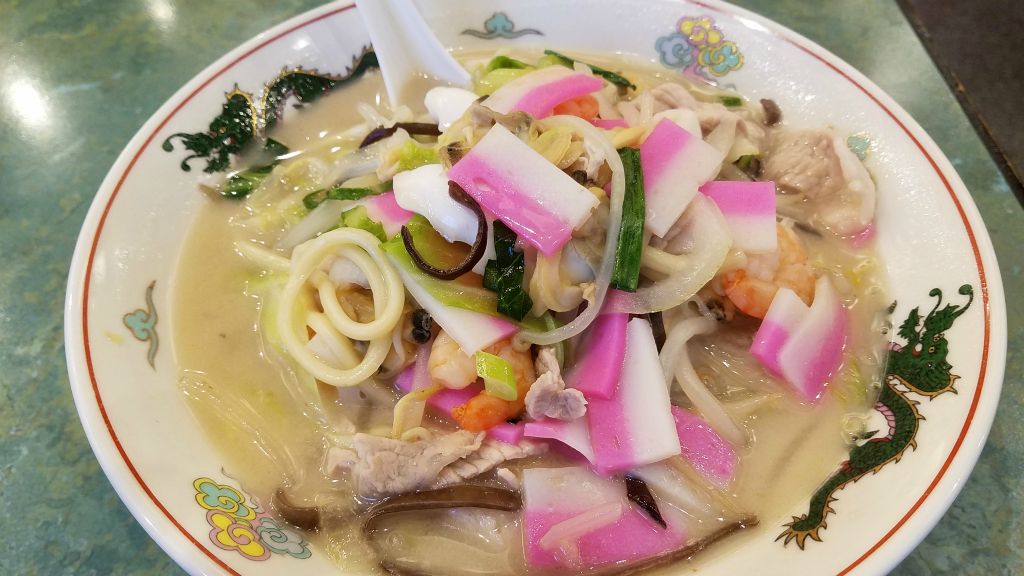
I also found another variant of ramen in the hot-spring capital of Japan, the town of Beppu. Chinese-influenced Beppu “reimen” is actually a cold-noodle dish that reminds me a lot of Korean Naengmyeon. The one I had even had a little kimchi on top so I believe there is a little Korean influence as well.
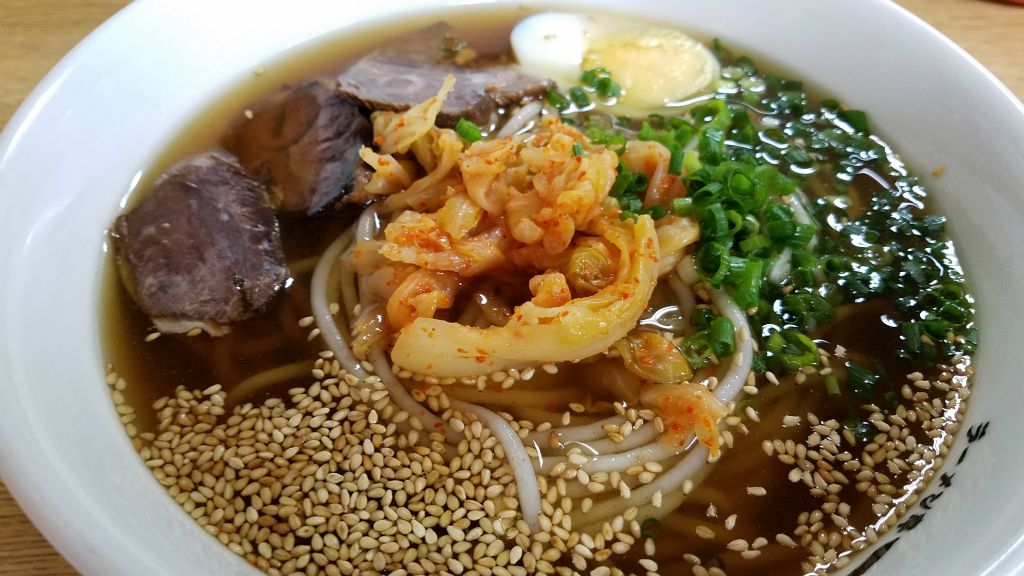
I don’t think I’ve even begun scratching the surface of the world of ramen. There are other types which I’ve yet to try, Sapporo ramen being the top of my list. I’ll definitely get it in the future when I visit Hokkaido.
For more pictures of my 2018 trip to Japan, click here.